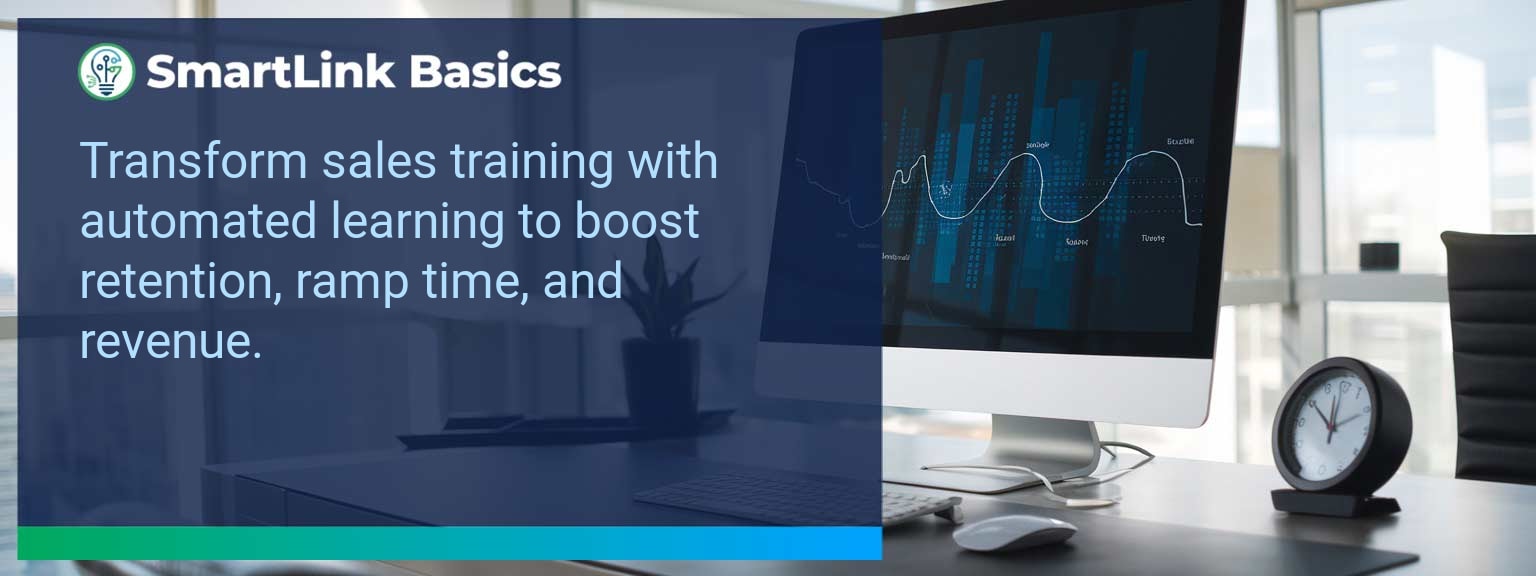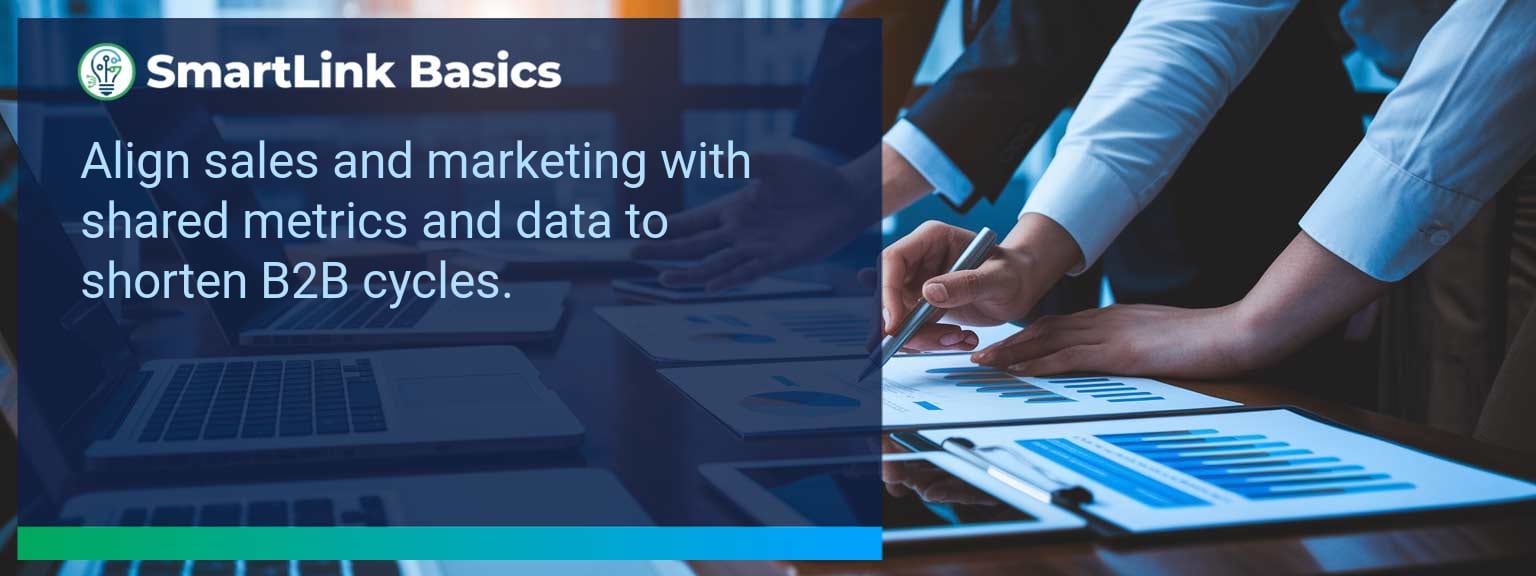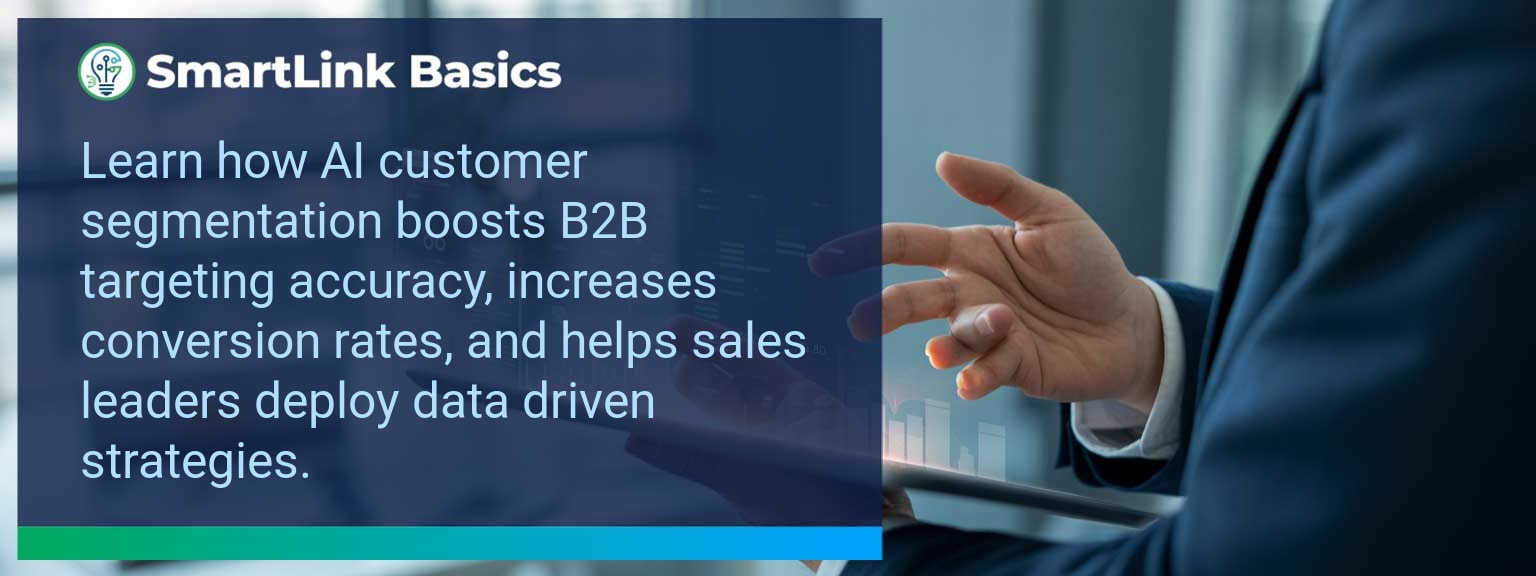Industry data shows that organizations adopting AI-driven automation achieve cost reductions of up to 30% while accelerating sales cycles by 20% or more (McKinsey, 2024). For sales leaders, AI automated workflows now define competitive advantage, enabling teams to reallocate time from repetitive tasks to high-value engagements. At SmartLink Basics, we help decision-makers implement these systems strategically, ensuring they integrate with existing revenue operations. In this article, you’ll see how AI automated workflows power business outcomes, the common obstacles that slow adoption, and practical steps to optimize processes. You’ll walk away with proven examples, a 90-day action blueprint, and measurable KPIs to track results.
- Automate repetitive administrative and CRM updates with AI.
- Integrate machine learning to personalize outreach at scale.
- Streamline approvals, quotes, and contract workflows for speed.
- Use predictive analytics to prioritize sales opportunities.
- Track adoption and performance with targeted metrics.
AI Automated Workflows: What Changed and Why It Matters
AI adoption has shifted from experimental to operational, making automated workflows a standard in high-performing sales organizations. The real advantage lies in combining workflow automation with artificial intelligence workflows to optimize every step of the revenue process. Sales leaders now use AI to synchronize touchpoints, reduce manual inputs, and ensure faster execution. For example, a B2B SaaS leader introduced automated lead enrichment and routing, cutting qualification time by 60%. Actionable insight: Audit processes for time-intensive handoffs and apply AI where repeatability is high.Redesign the Revenue Operating System With AI Automated Workflows
ICP, Segmentation, and Targeting AI-enabled segmentation uses historical wins, firmographic, and behavioral data to dynamically update ICP profiles. This ensures targeting precision without quarterly re-work. Pipeline Architecture Automated workflows push opportunities through the right stages based on engagement signals. AI flags at-risk deals for intervention. Plays and Messaging Integrated automation tools deliver personalized sequences based on buyer activity, increasing relevance at every touchpoint. Operating Cadence AI schedules follow-ups, forecast calls, and account reviews based on actual pipeline movement rather than static calendars. Actionable insight: Implement automation that adapts in real-time to both internal and buyer-driven events.Common Obstacles To Achieving Seamless Automation
The most frequent challenges are fragmented systems, inconsistent data quality, and cultural resistance. Without a unified data layer, automation amplifies errors rather than solving them. Coca-Cola Europacific Partners reported needing a full data governance upgrade before AI could improve sales workflows. Leaders must first assess infrastructure readiness and train teams to trust AI-influenced recommendations. Actionable insight: Before deployment, establish clean data practices and a single source of truth.Implementing AI To Optimize Workflows
Effective deployment of AI process optimization starts with mapping current-state processes, identifying friction points, and matching them with automation tools. For example, automating proposal generation based on CRM opportunity data can reduce turnaround from three days to one hour. Solutions combining business process automation platforms with machine learning integration enable continuous performance improvement. Actionable insight: Pilot in one high-impact stage, measure, and then expand.Tangible Benefits From Automated Processes
The benefits extend beyond time savings — sales leaders gain a scalable system. Tangible outcomes include faster quote-to-close, higher lead conversion, and better forecast accuracy. A manufacturing firm implemented AI-assisted order processing and cut errors by 40%, improving on-time delivery rates. Actionable insight: Track both speed and accuracy to measure workflow automation effectiveness.Metrics That Matter
| Category | Metric | Definition | Target |
|---|---|---|---|
| Leading | Workflow Completion Rate | % of automated sequences executed without manual intervention | 95%+ |
| Leading | AI Suggestion Adoption Rate | % of AI-generated action recommendations executed by reps | 80%+ |
| Lagging | Cycle Time Reduction | Decrease in time from lead entry to closed-won | 20%+ |
| Lagging | Revenue Per Rep | Average sales revenue generated per sales rep per quarter | +15% YoY |
| Quality | Automation Error Rate | % of workflows that trigger incorrect outcomes | <1% |
| Quality | Customer Satisfaction Post-Automation | Average CSAT score after automation implementation | ≥ 4.5/5 |
Innovations And Next Steps For AI Automation
Emerging capabilities like AI-generated playbooks, intent-driven dynamic routing, and integrated AR for virtual product demos are shaping the next wave of sales automation. Companies integrating these tools early will outpace competitors in speed and personalization. Actionable insight: Stay ahead by testing emerging automation features quarterly and aligning them with evolving buyer expectations.Get the 90-day plan, coaching rubric, and dashboard template to operationalize AI in your enablement program.
Turning AI Automation Into a Revenue Multiplier
AI automated workflows are now a strategic lever for predictable, scalable growth. This guide outlined current applications, adoption challenges, a 90-day execution plan, and measurable success criteria. To make automation pay off, sales leaders should integrate tools into one cohesive operating system and review results monthly for continuous improvement. Access more AI-driven sales enablement resources from SmartLink Basics to design a high-performance automation strategy. Sales teams that implement advanced technology close more deals with shorter cycles and higher margins. According to McKinsey, organizations leveraging AI-powered CRM and automation see revenue growth rates up to 10% higher than peers. At SmartLink Basics, we know that integrating digital sales tools into your sales process is no longer experimental—it’s mission-critical in the AI-driven market. This article explores how to replace outdated manual workflows, optimize your enablement strategy with sales technology, and align your team for measurable growth. You’ll learn where to focus first, how to design a responsive operating model, and which metrics drive sustainable results.- Replace manual processes with integrated sales automation.
- Use CRM software to centralize data and improve forecasting.
- Adopt sales enablement tools to streamline training and execution.
- Deploy digital marketing tools to enhance lead generation quality.
- Track leading, lagging, and quality metrics for continuous improvement.
Overcoming Traditional Sales Limitations with Digital Sales Tools
Traditional selling methods often fail to keep pace with market speed and buyer expectations. Manual data entry, siloed lead tracking, and inconsistent follow-up contribute to missed opportunities. By implementing digital sales tools—including CRM software, online sales platforms, and AI-driven lead generation tools—sales leaders can eliminate inefficiency and enforce process consistency. For example, a regional B2B distributor that replaced spreadsheet tracking with an integrated CRM saw pipeline accuracy jump from 62% to 93% in one quarter. Start by mapping your current sales process, identifying friction points, and pairing the right tool with each bottleneck.Leveraging Technology For Better Sales Performance with Digital Sales Tools
Modern sales technology enables leaders to re-engineer their revenue operating system. This includes refining account segmentation, optimizing pipeline architecture, aligning plays with buyer journeys, and setting a consistent operating cadence. ICP, Segmentation, and Targeting: Define your ideal customer profile and focus marketing and sales efforts accordingly. Tools like predictive analytics can enhance targeting precision. Pipeline Architecture: Organize deal stages based on buyer signals and automate stage progression tracking. Plays and Messaging: Sales enablement platforms allow for rapid deployment of personalized messaging aligned with buyer pain points. Operating Cadence: Digital dashboards make aligning forecast calls, deal reviews, and coaching sessions more efficient. Test each adjustment with a small segment first, then expand once positive ROI is confirmed.Achieving Significant Growth Through Innovation
Innovation in sales is not about chasing every new app but about integrating technology that solves critical revenue challenges. AI-guided selling, automated follow-up sequences, and digital marketing tools that sync with CRM systems improve both conversion rates and customer lifetime value. A SaaS provider that deployed automated renewals through its CRM increased retention by 14% within six months. Prioritize innovation projects with clear links to key growth objectives, and measure outcomes against baseline results.Preparing For The Next Wave Of Sales Technology
Sales technology is evolving toward predictive insights, hyper-personalization, and integration with enterprise-wide data ecosystems. Leaders who establish a flexible tech stack today will pivot faster as capabilities expand. Adopting modular digital sales tools now makes upgrading easier later without disrupting operations. Stay ahead by maintaining a quarterly technology review, informed by both internal analytics and expert insights from SmartLink Basics.Metrics That Matter
| Category | Metric | Definition | Target |
|---|---|---|---|
| Leading | CRM Activity Accuracy | % of deals updated weekly in CRM | 90%+ |
| Leading | Lead Response Time | Average minutes to first contact on new leads | < 15 mins |
| Lagging | Quota Attainment | % of reps hitting assigned revenue targets | 80%+ |
| Lagging | Conversion Rate | Opportunities won ÷ total qualified leads | 25%+ |
| Quality | Customer Satisfaction Score | Post-sale satisfaction rating | ≥ 4.5/5 |
| Quality | Proposal Quality Index | Internal score for proposal relevance and clarity | ≥ 90% |
Get the 90-day plan, coaching rubric, and dashboard template to operationalize AI in your enablement program.









